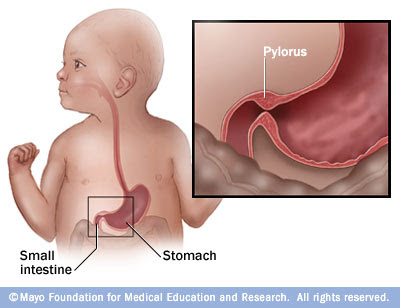Today, I am bringing to you my very first question from the CRNE Prep guide, and will discuss to you more indepth about the question and why we have come up to this answer.
Case: A nurse is working on a high acuity surgical floor and has concerns about her ability to provide safe care due to a staffing shortage. The nurse has been assigned to care for Mrs. John, 76 years old, who fell 2 days ago and was admitted with multiple bruises to her body and a large laceration to her head. Mrs. John lives alone and is unable to mobilize without the use of a walker. She reports a very sore shoulder that she would like to be X-rayed. The physician determines that no X-ray is needed.
Question: Mrs. John is to be discharged, but is anxious about returning home. How should the nurse advocate for the client to ensure her needs are met?
Options:
1. Tell Mrs. John that she will feel much better at home and that an X-ray can be done later.
2. Ensure that the physicician is aware of all Mrs. John's injuries, her hesitancy to mobilize and the fact that she lives alone.
3. Inquire whether Mrs. John has any family support and explore possible home care options.
4. Inform Mrs. John that the physician believes an X-ray is not warranted but has ordered analgesics for her shoulder pain.
Answer:
2. Ensure that the physician is aware of all Mrs. John's injuries, her hesitancy to mobilize and the fact that she lives alone.
Why?:
The question asks about how the nurse can ADVOCATE for the client. None of the options aside from option 2 sounds like advocacy, although option 3 is a little sounding right, but it does not address advocacy and is not the best answer. Option 1 is a false reassurance, and can have some window of negligence. What if between the day of discharge and later X-ray, another fall has happened due to patient's pain and decreased mobility, or perhaps a fatal fat embolism occurs should the patient had fracture? Option 4 is merely following doctor's order, which sometime can not be for the patient's best interest. It is to the nurse discretion whether to follow and execute any doctor's order. You can always clarify with the doctor if you have any doubts or is unclear of what he's trying to let you do.
Further notes:
Falls, accidents, and fractures are common among elderly clients due to osteoporosis and slowing down of mobility and other processes. These should be assessed and addressed thoroughly and holistically. Sometimes, fall can be a result of other factors such as fainting, heart attack, stroke, and many more. So even when they just presented to the emergency room with complaints of pain to a certain body part and wants an X-ray, it is wise to perform a thorough physical assessment and investigation on the client's condition. Although saying that, a client has always right to refuse treatment and/or investigation.


